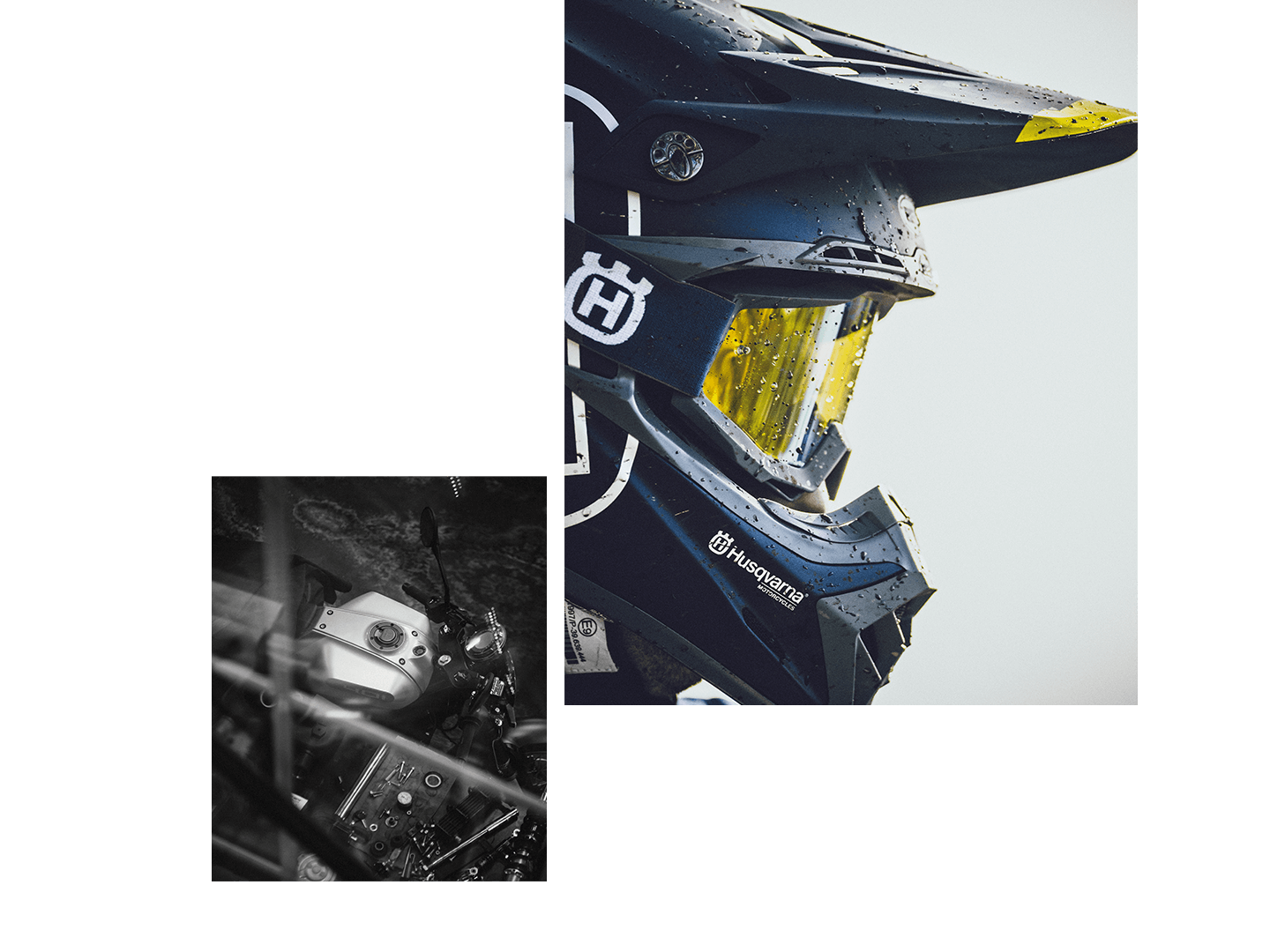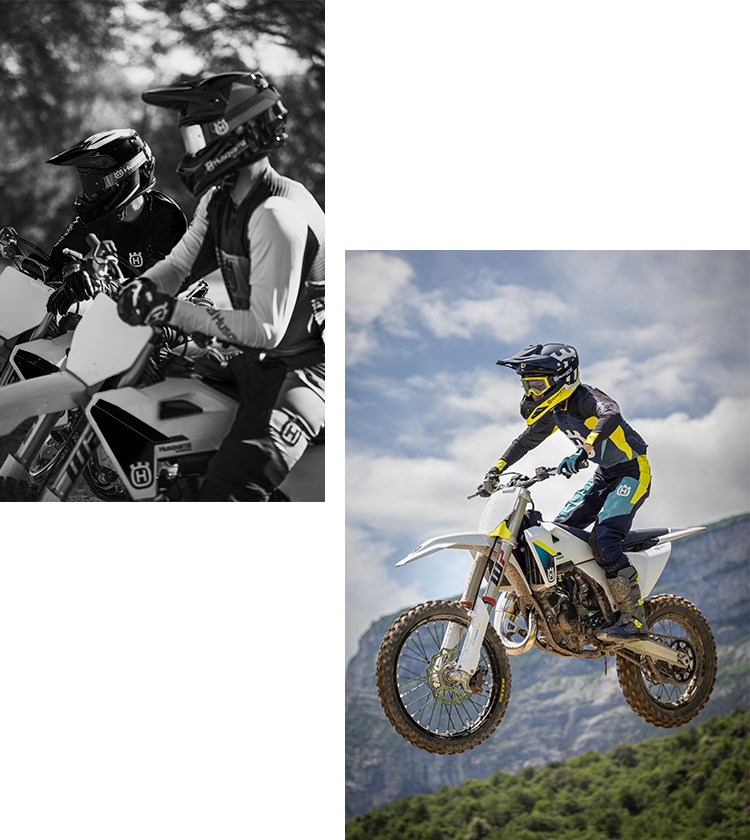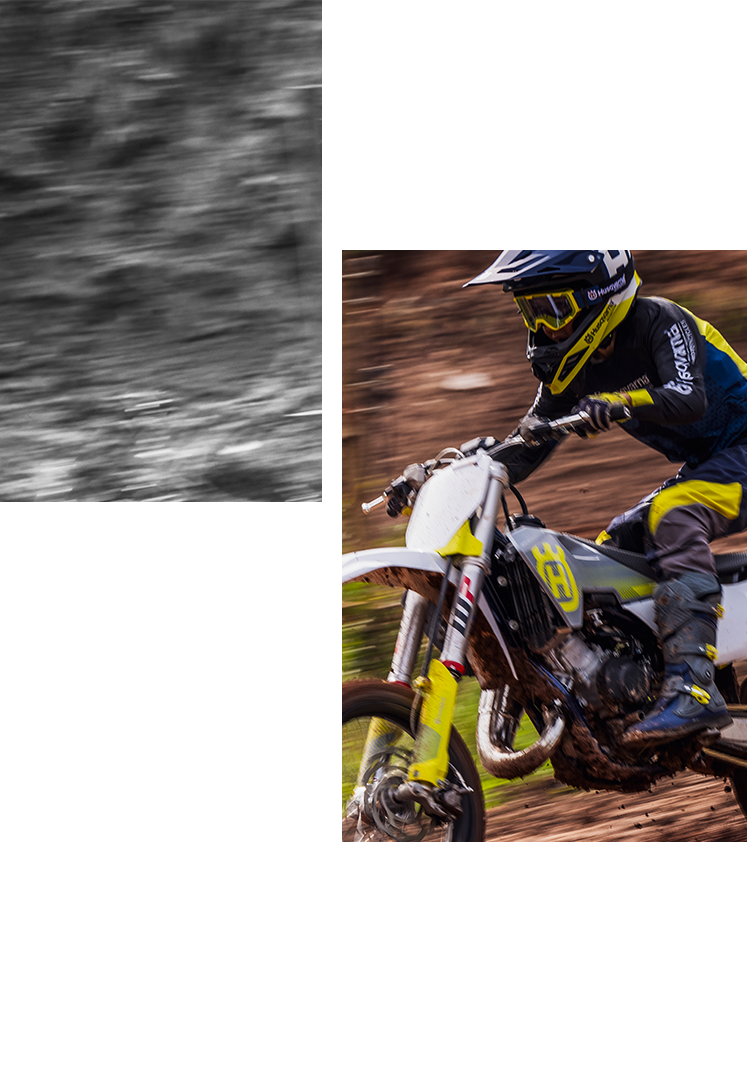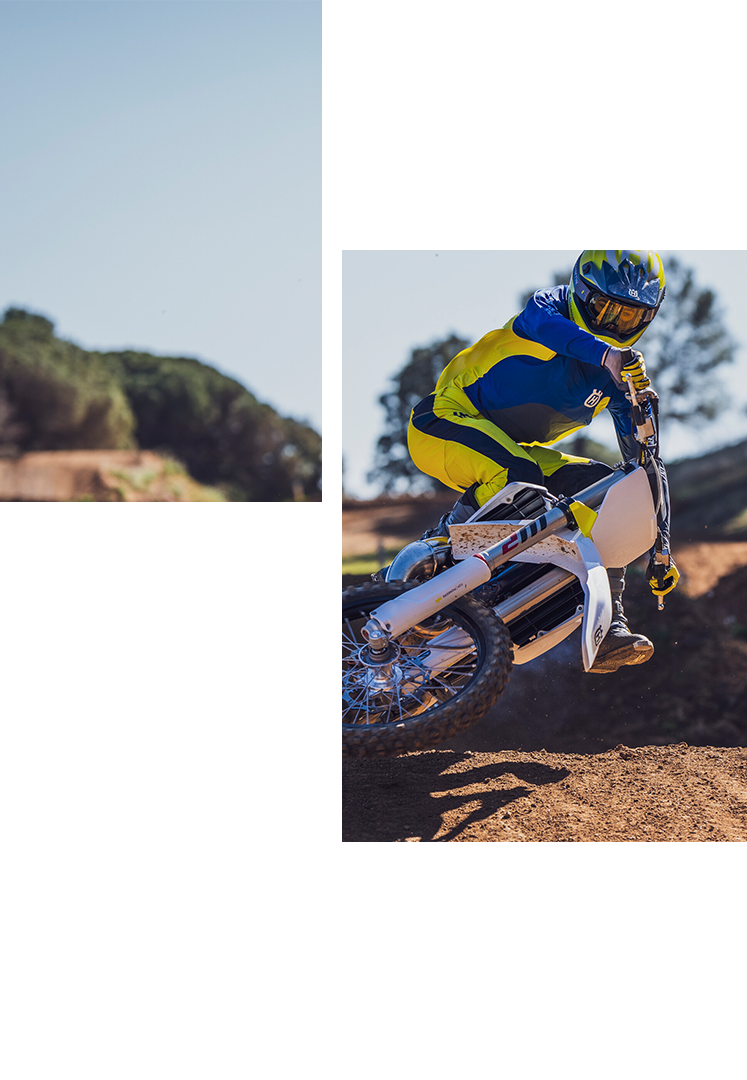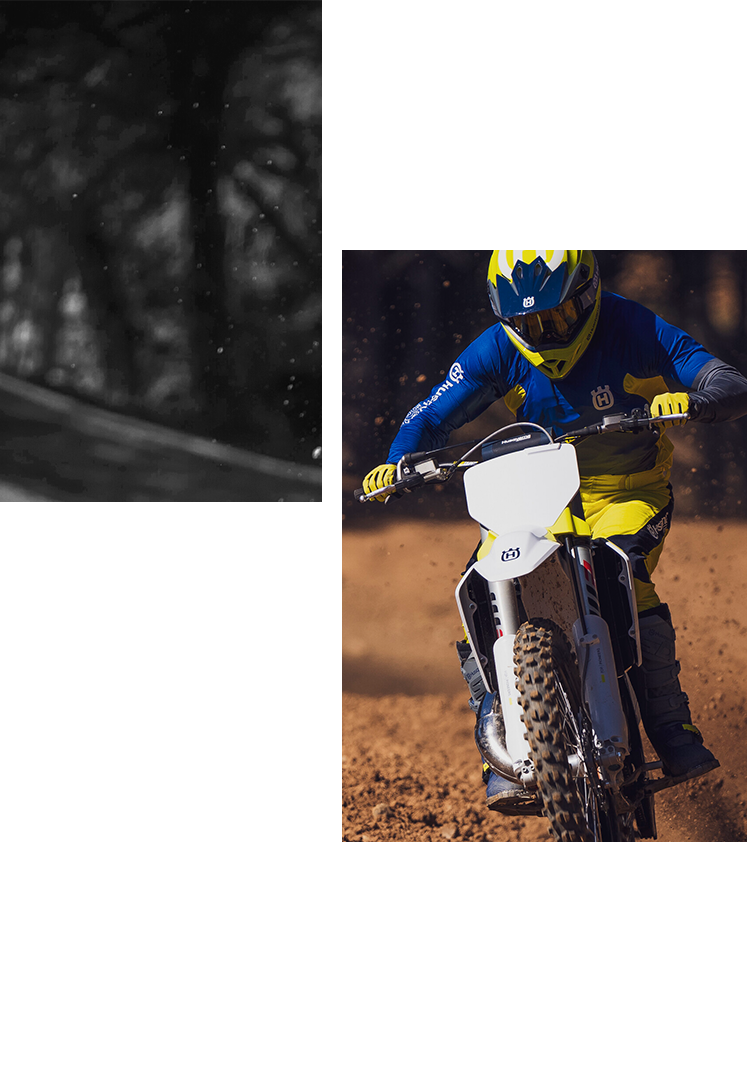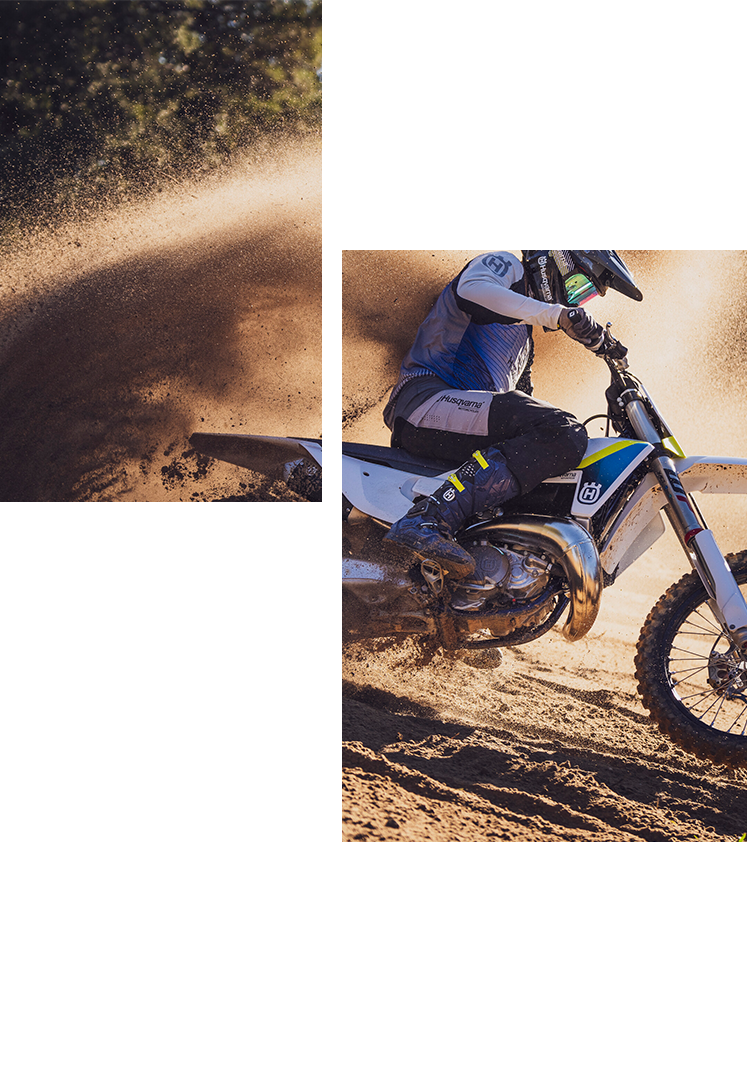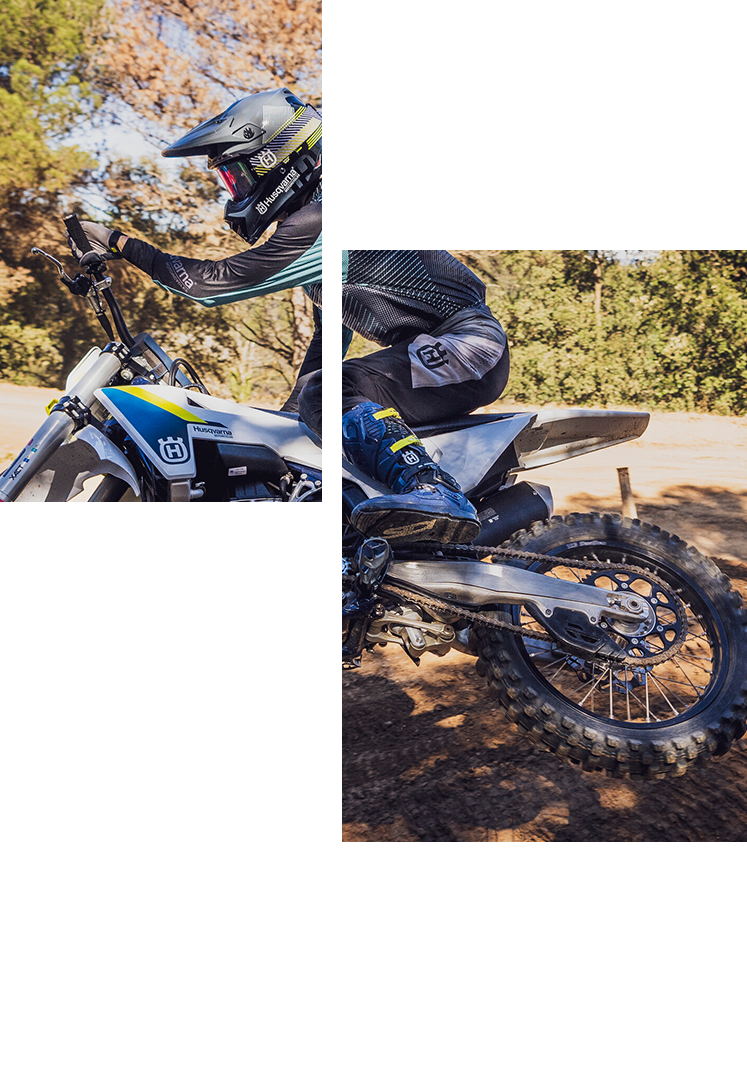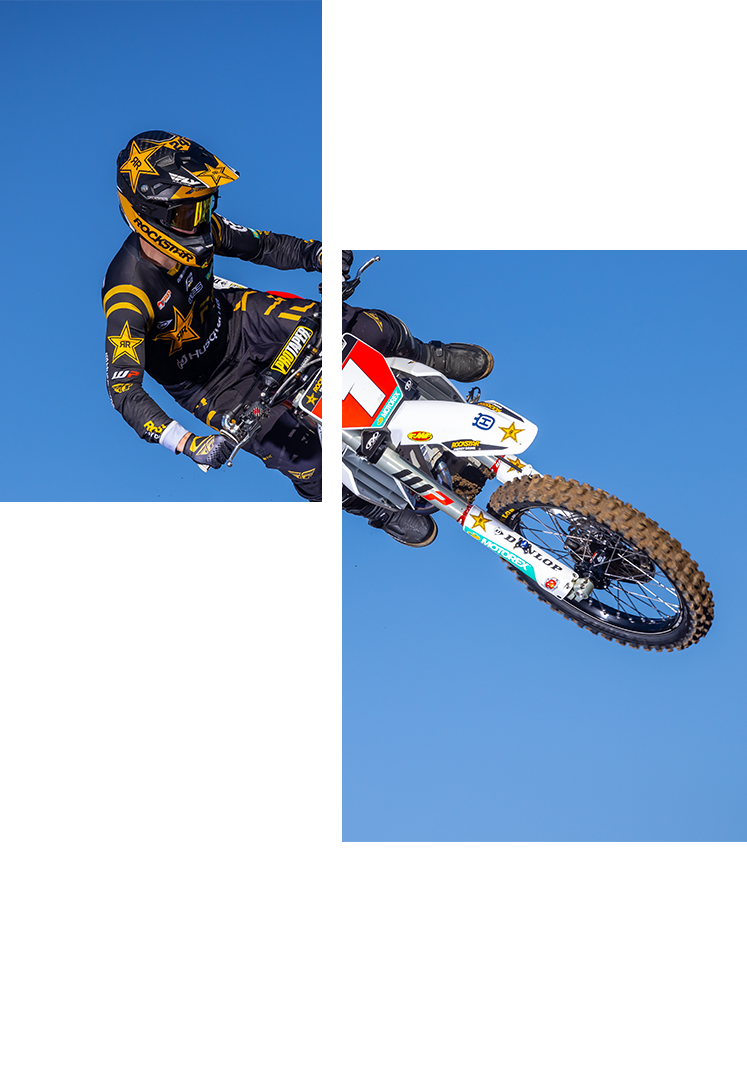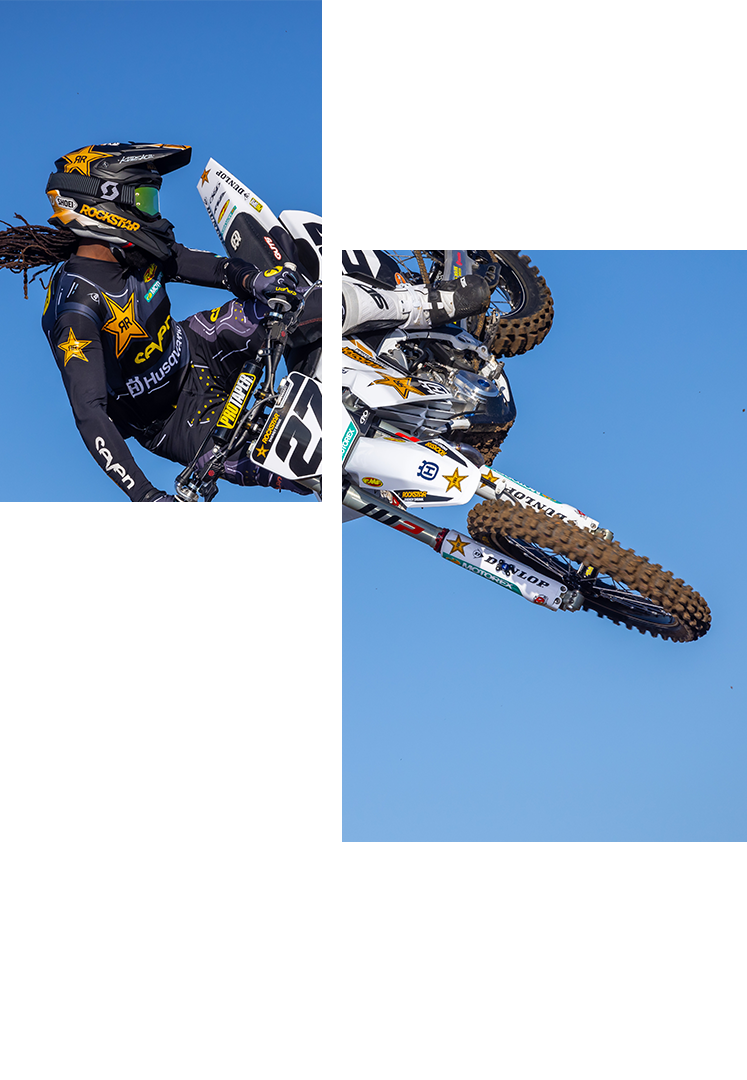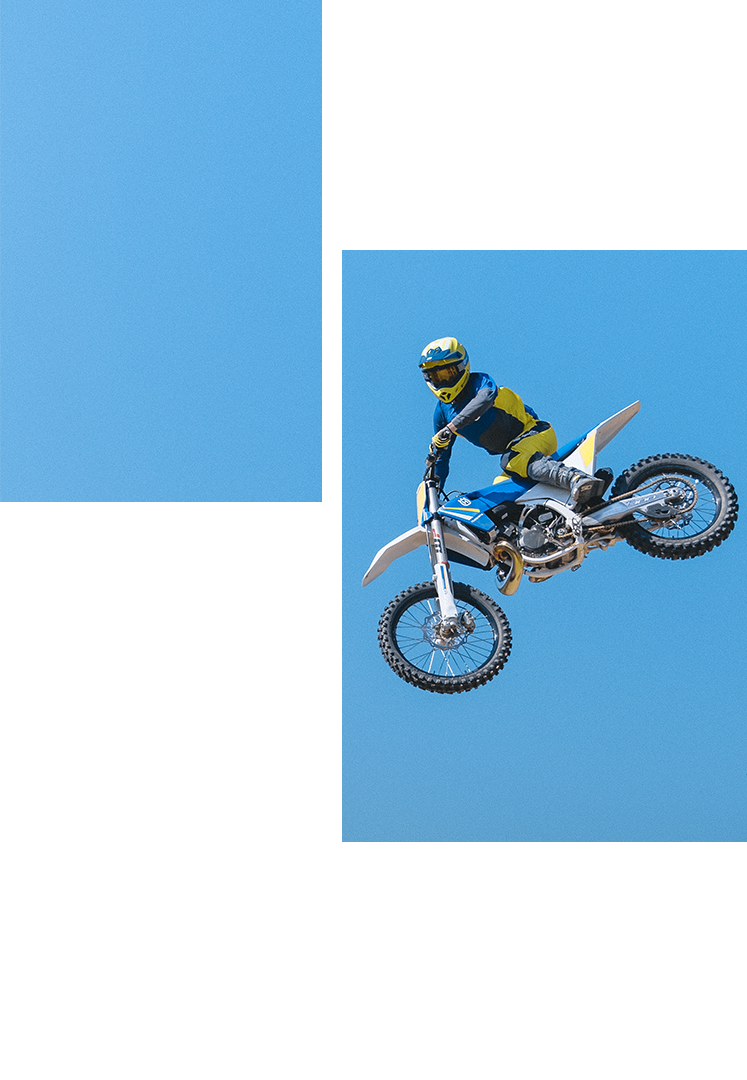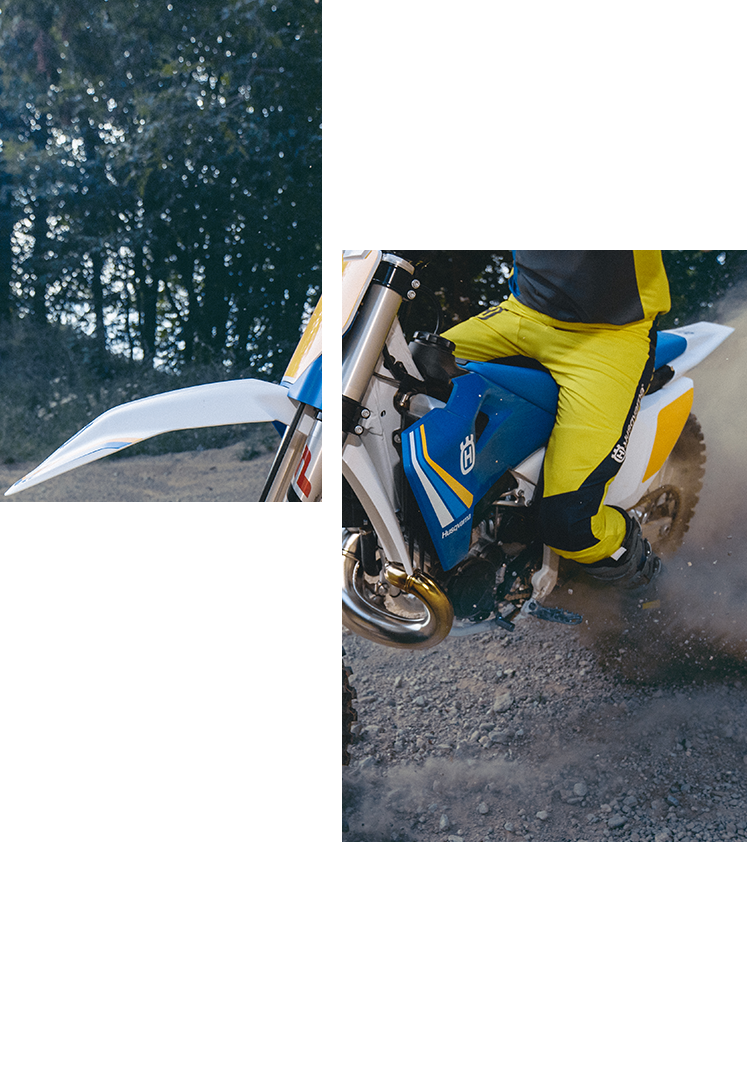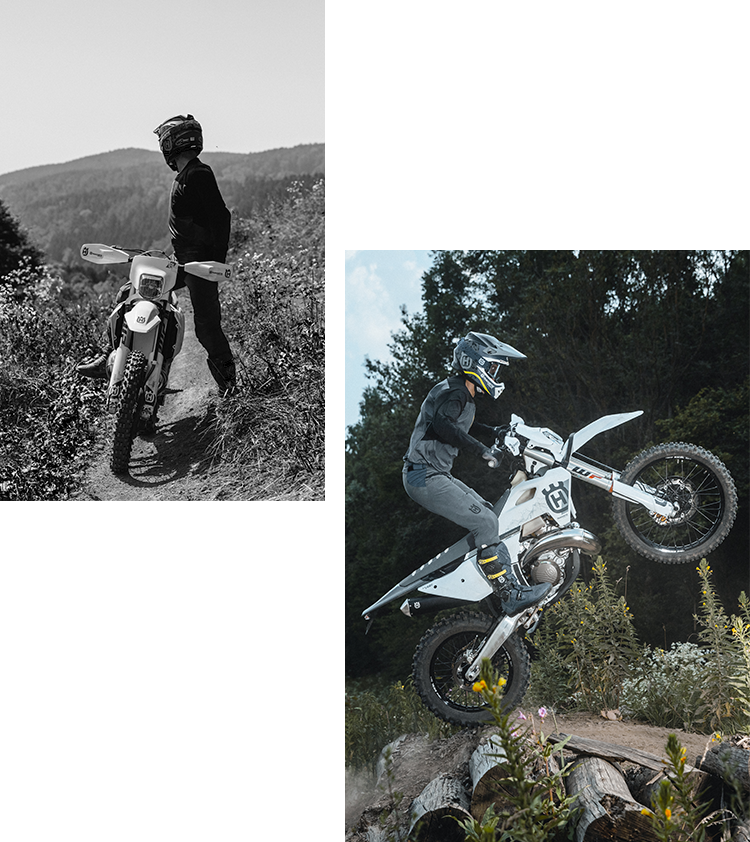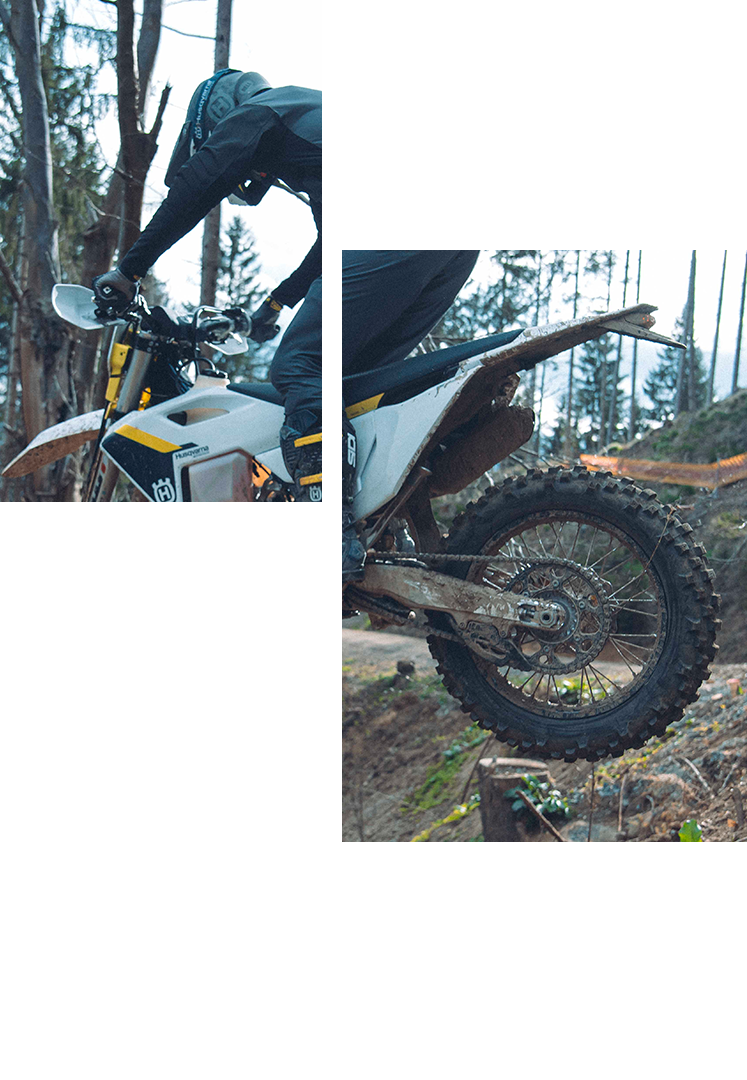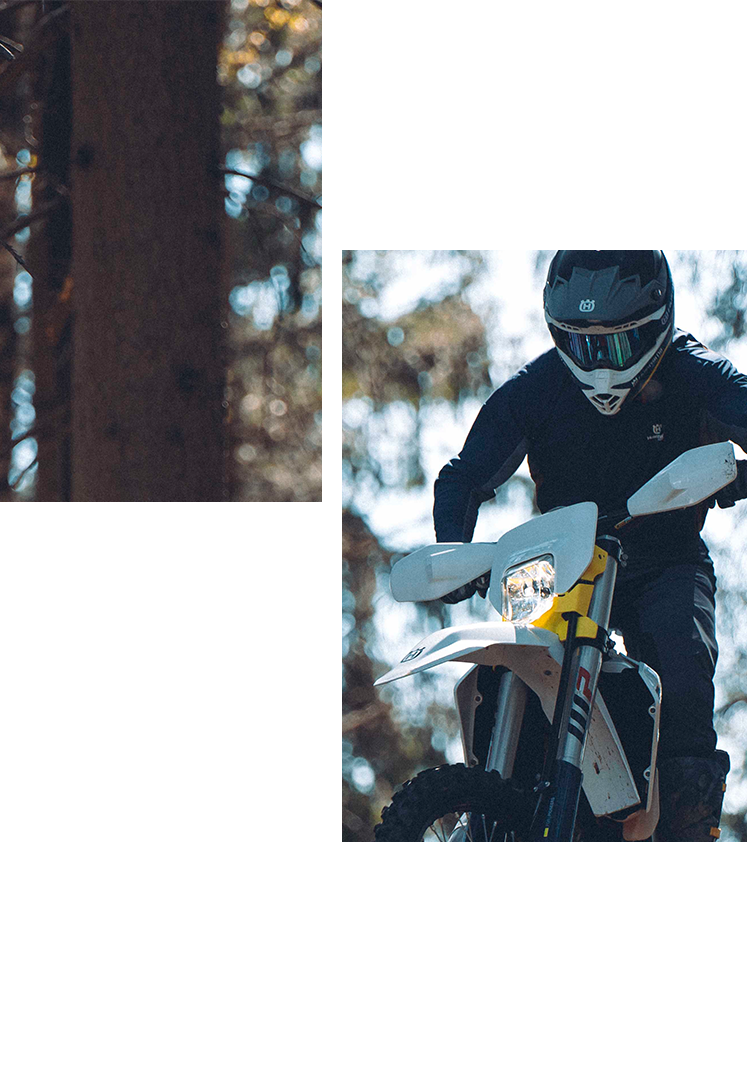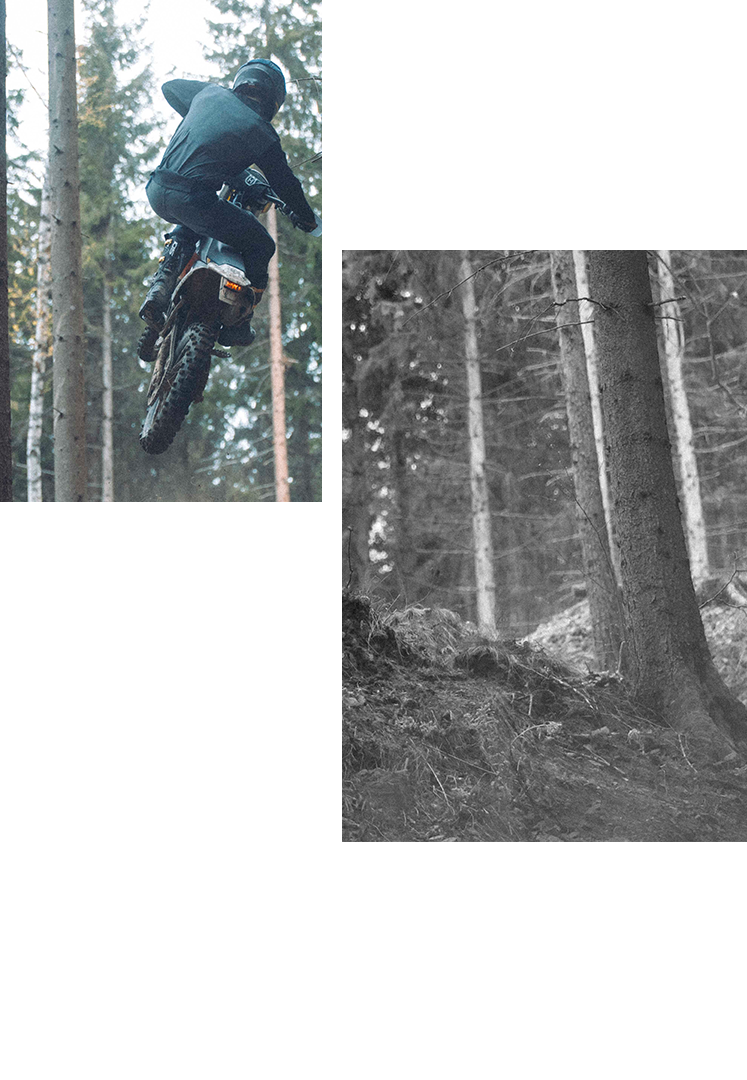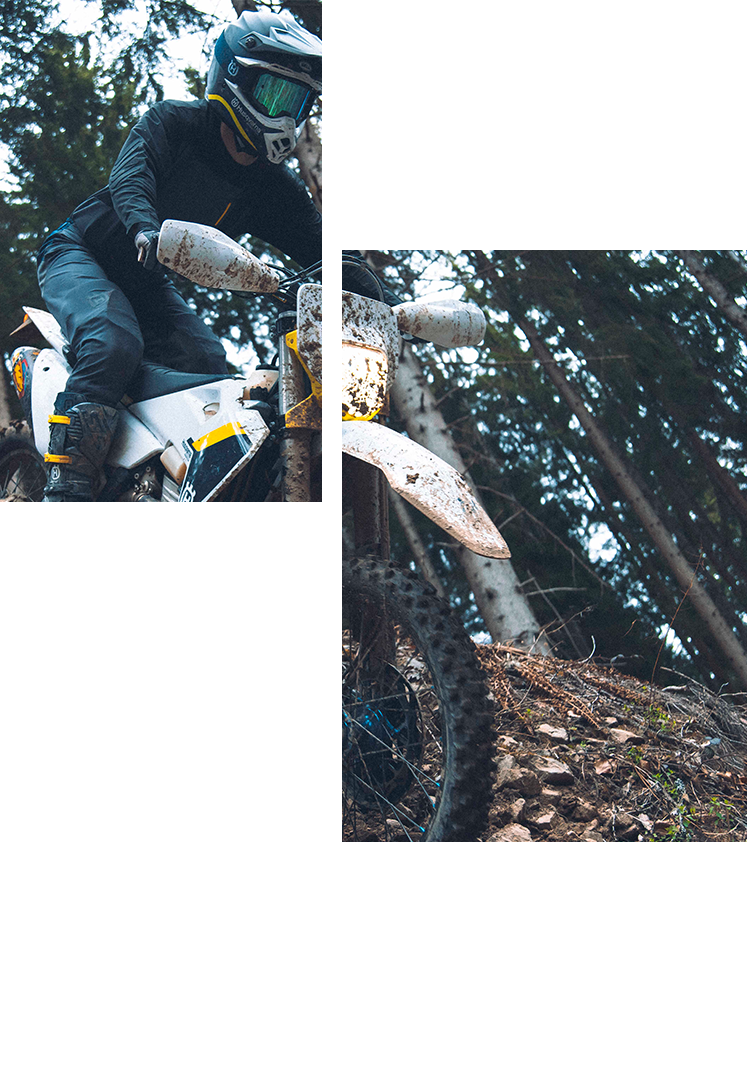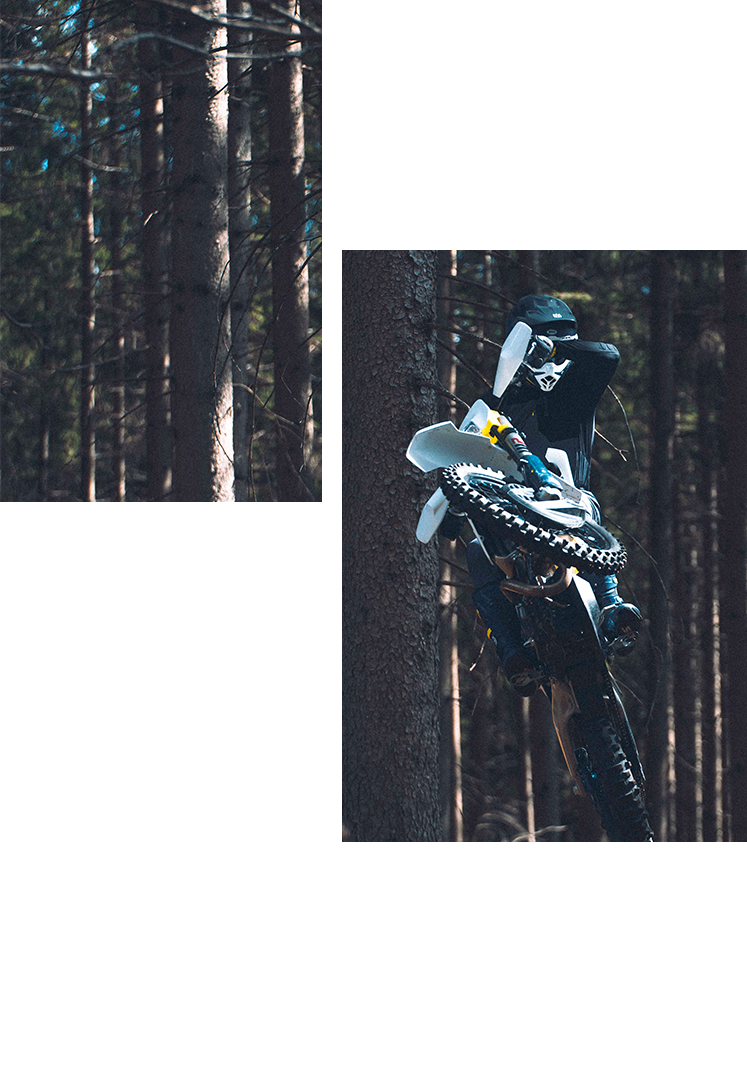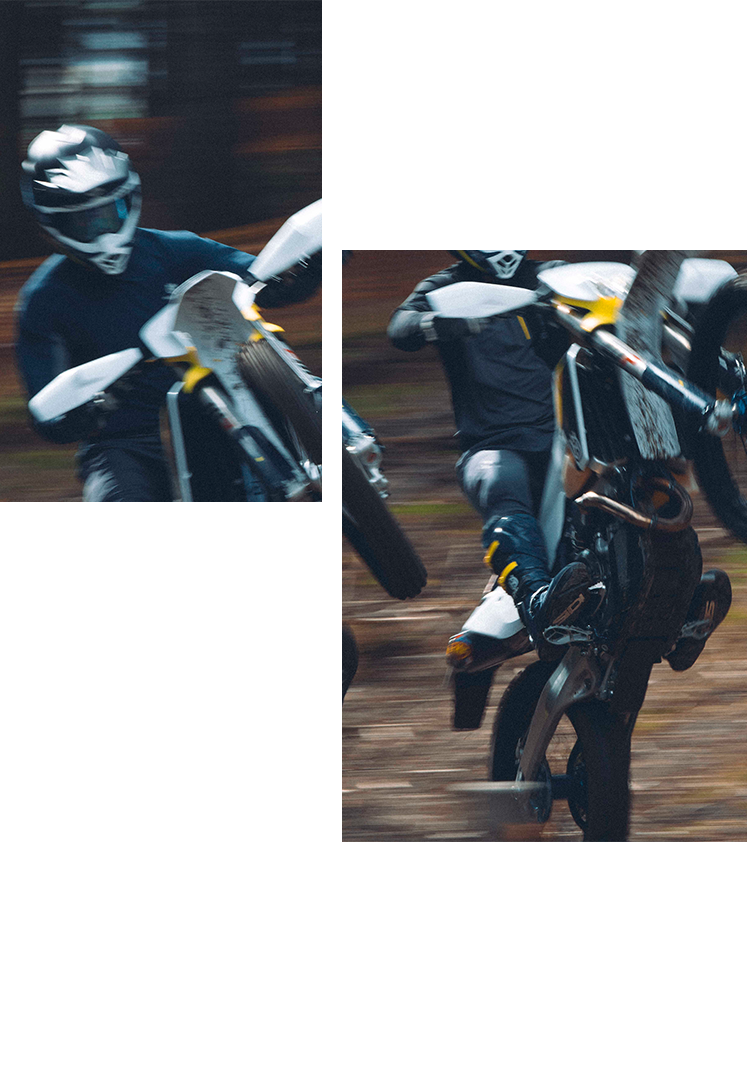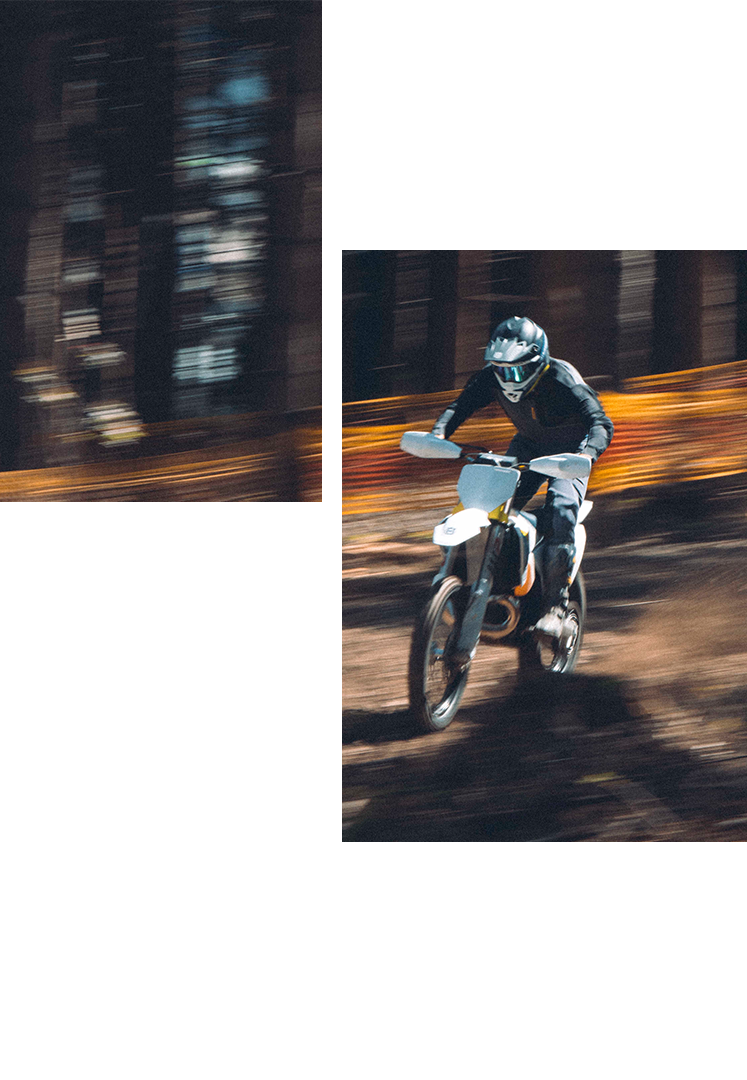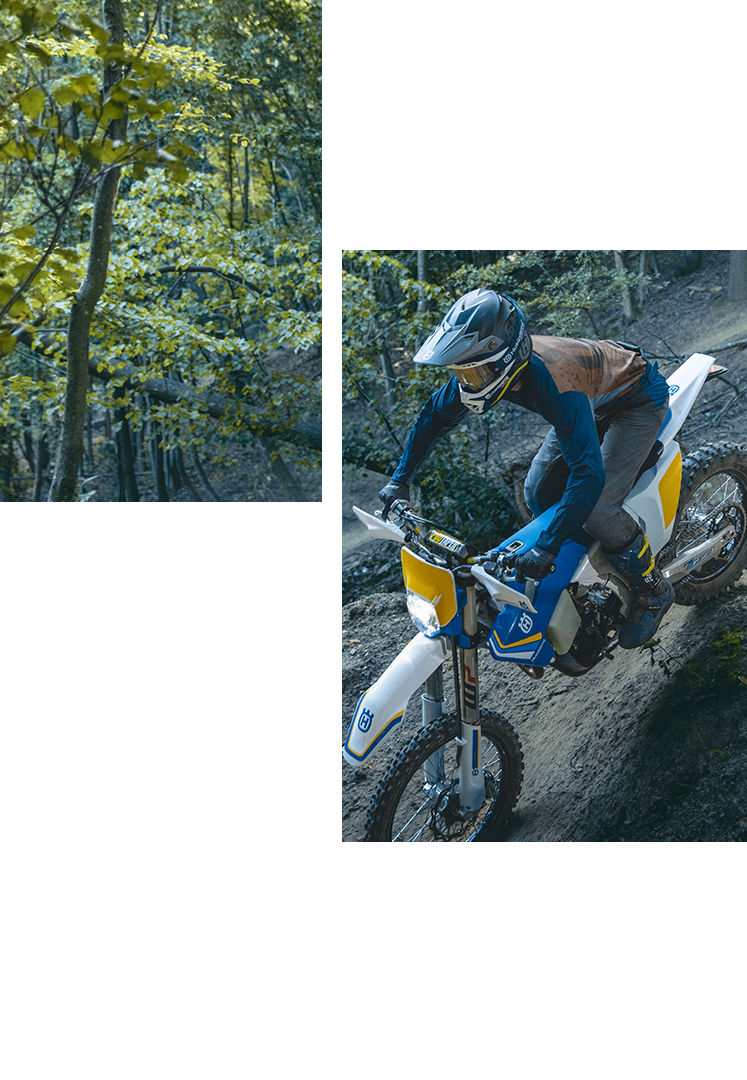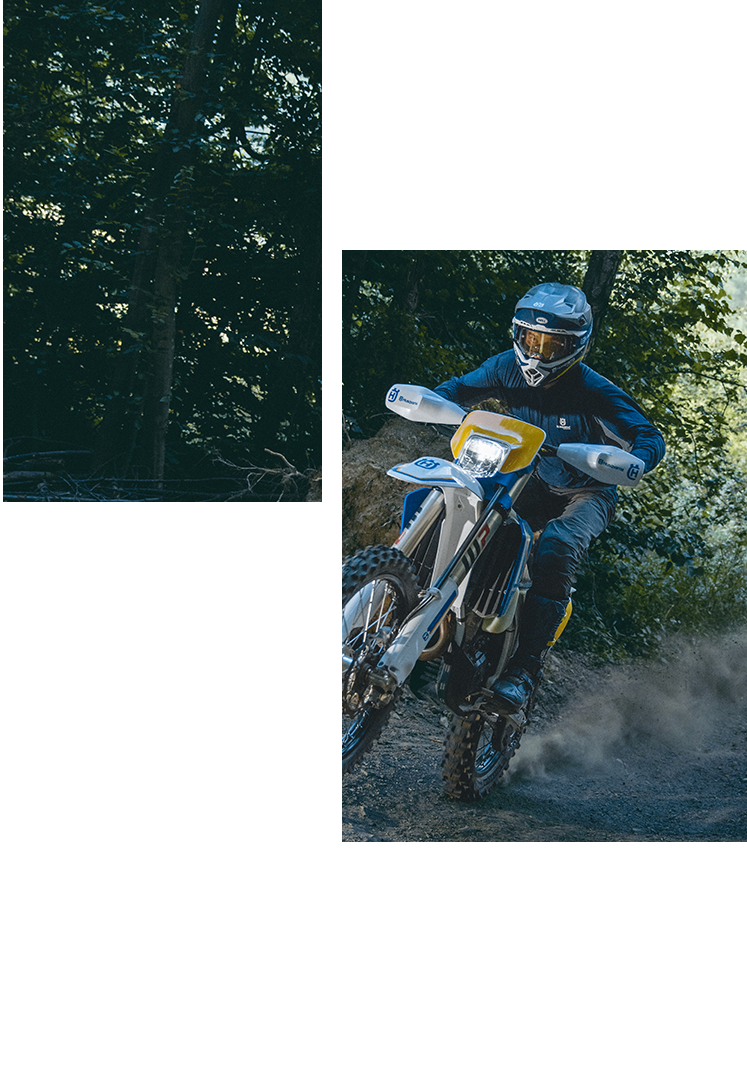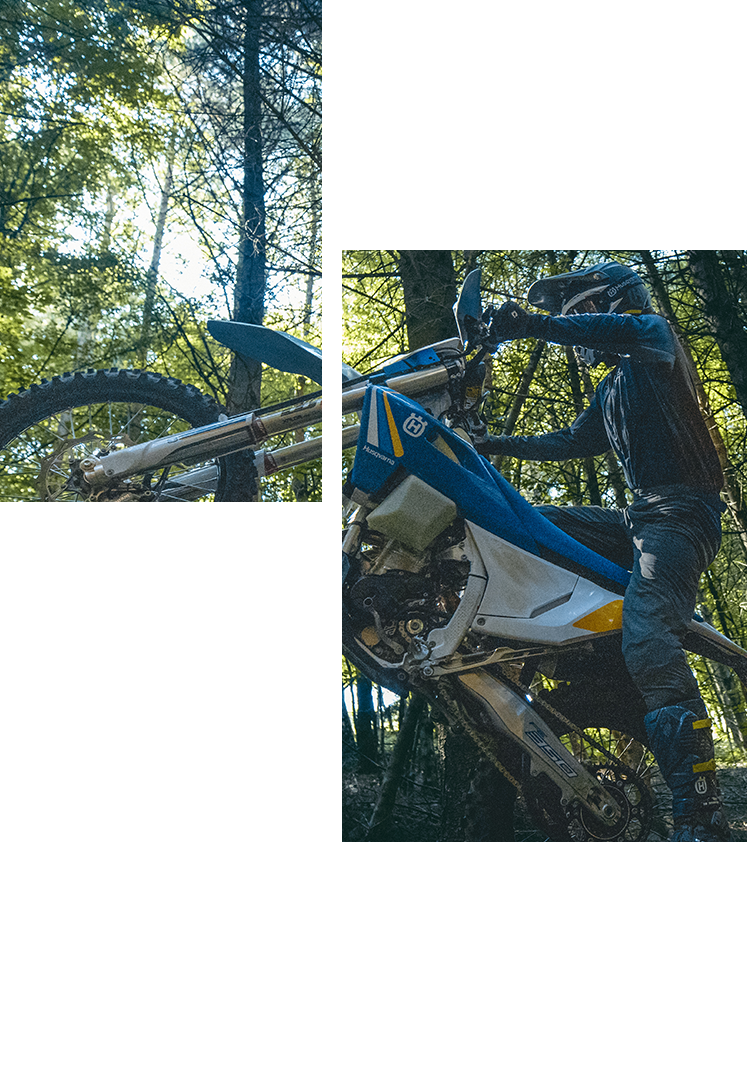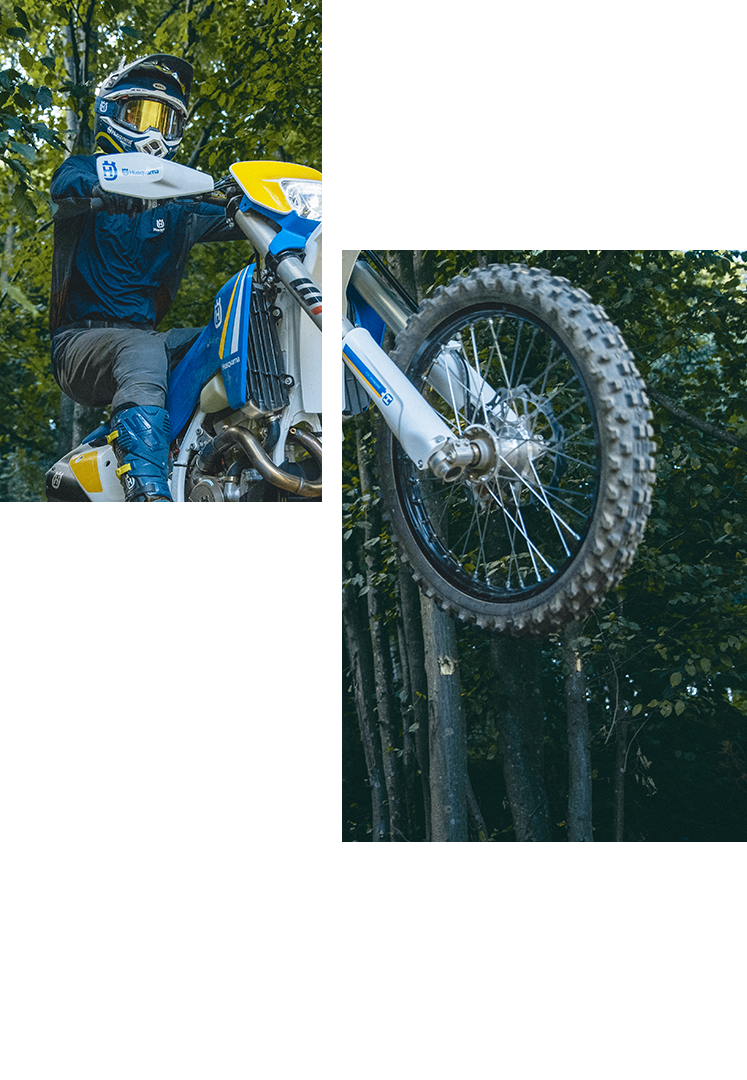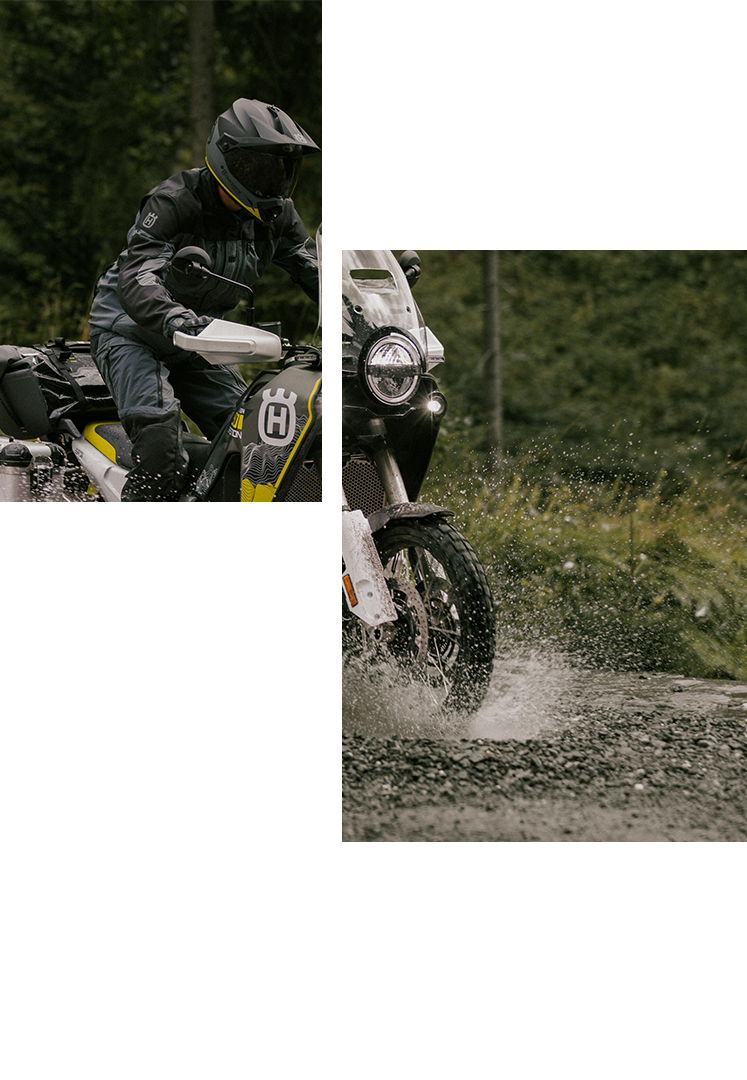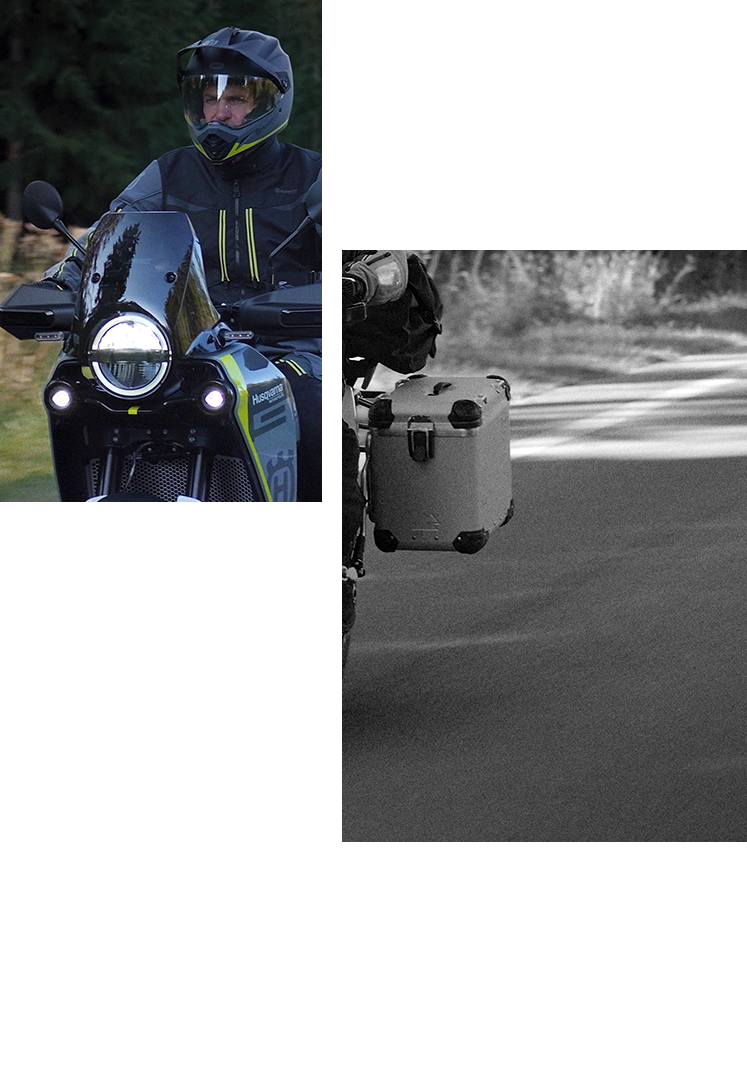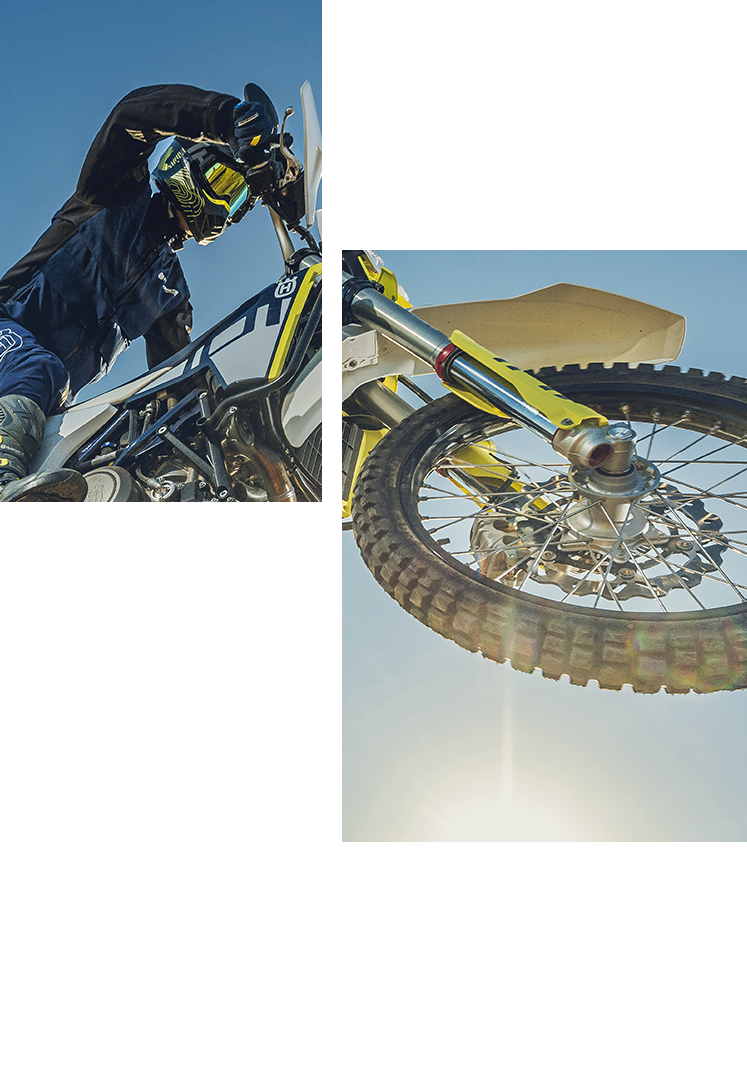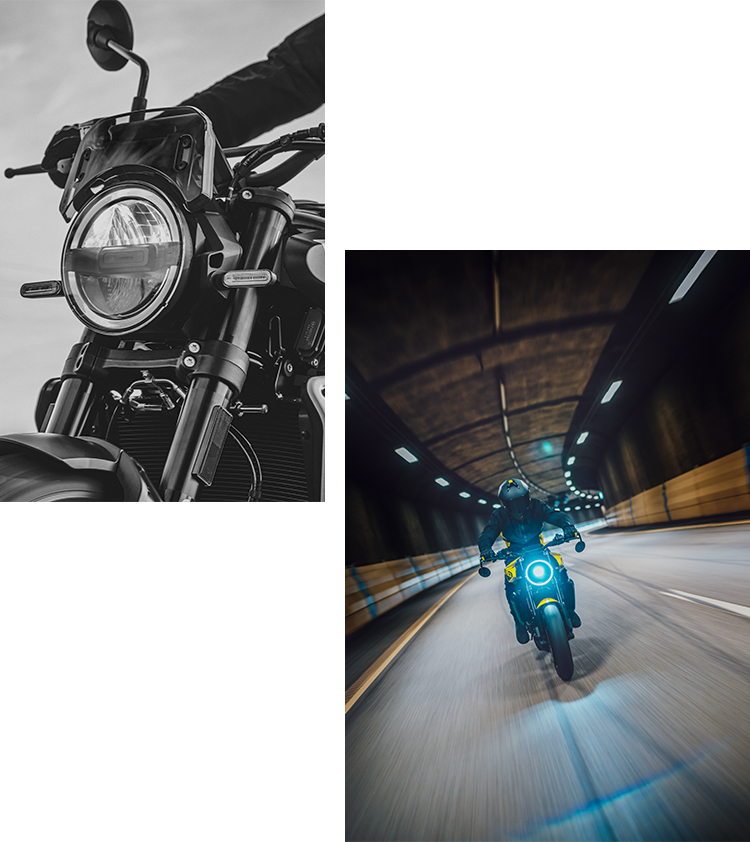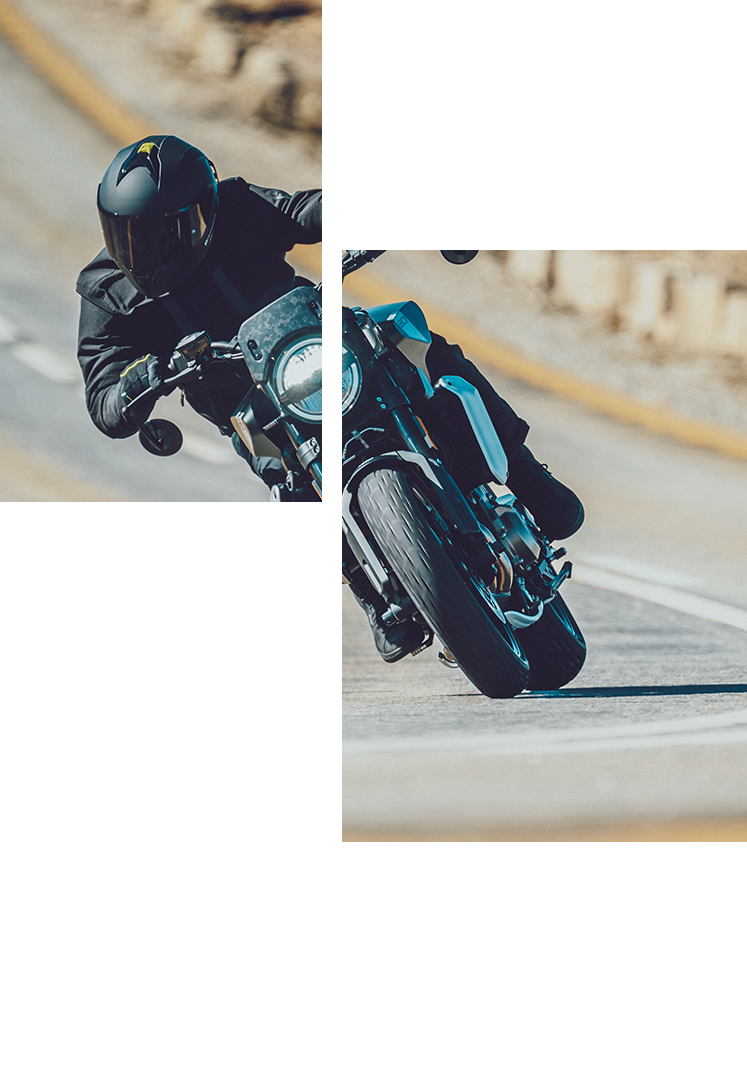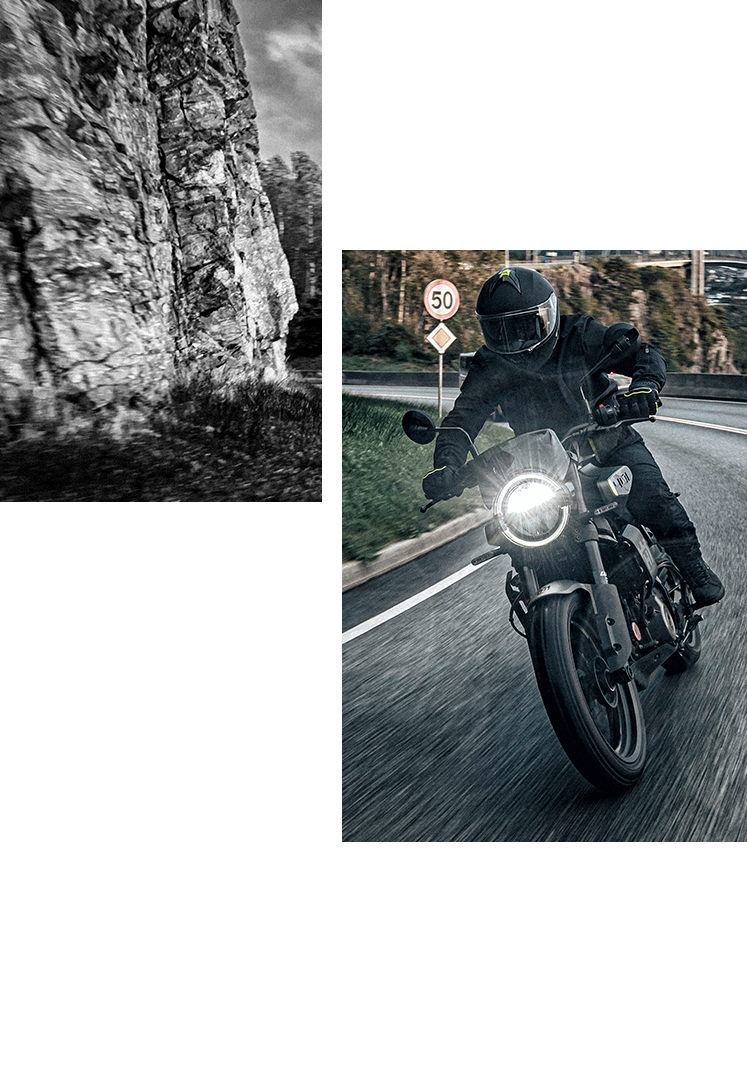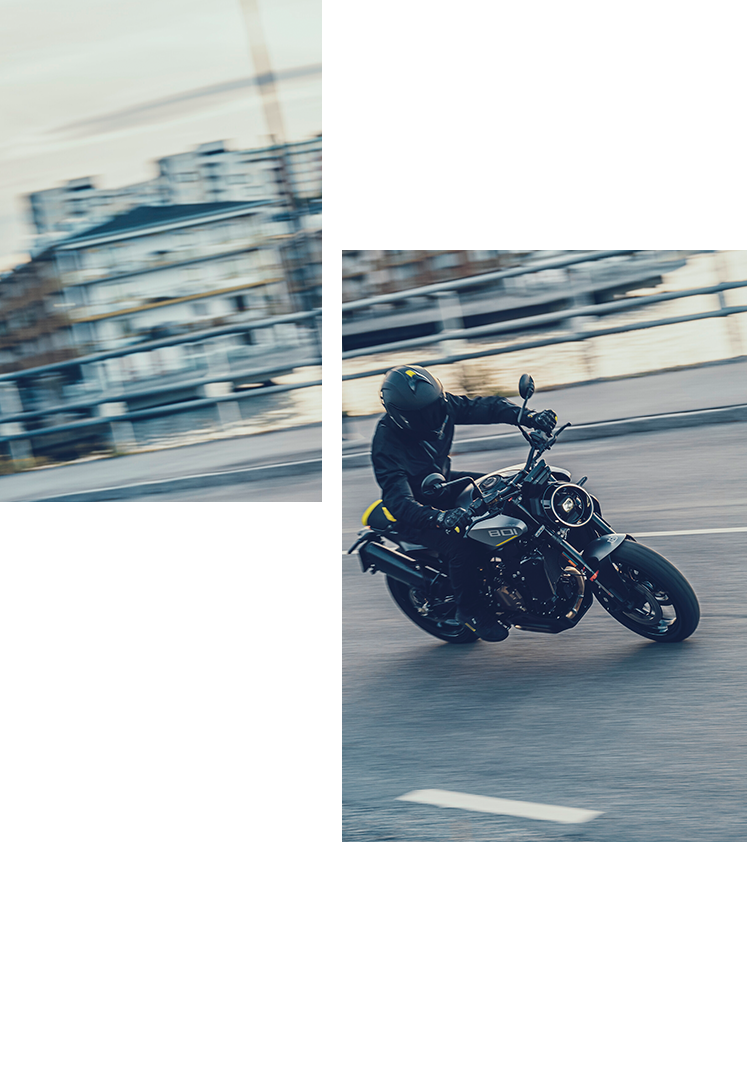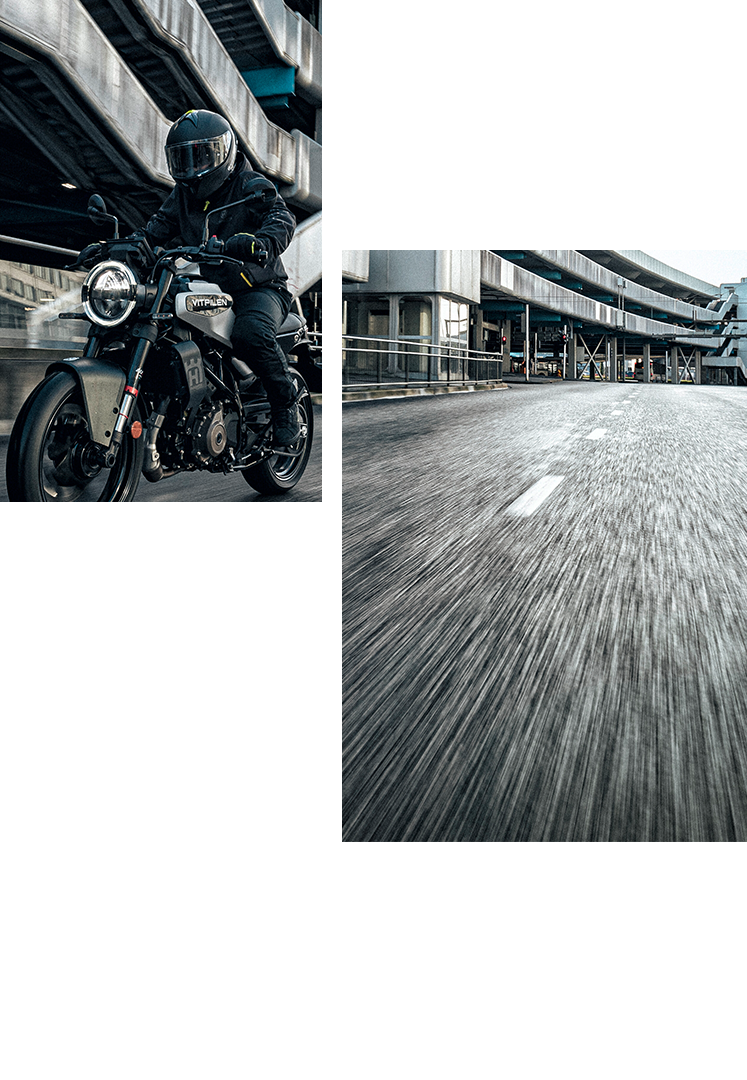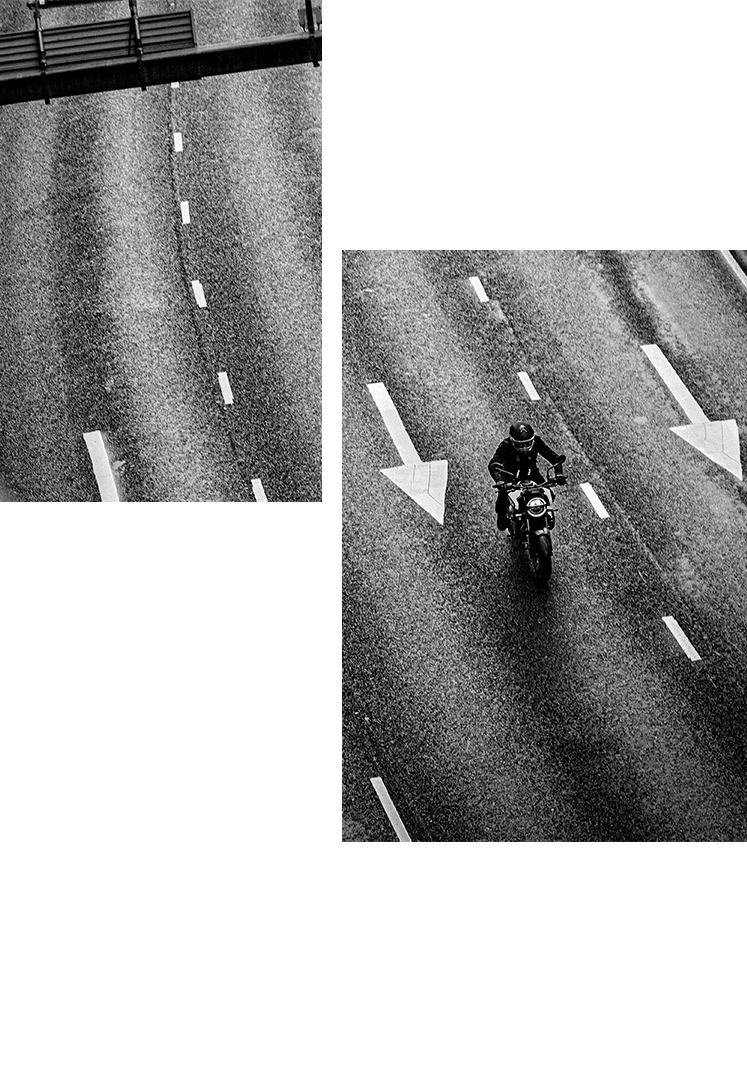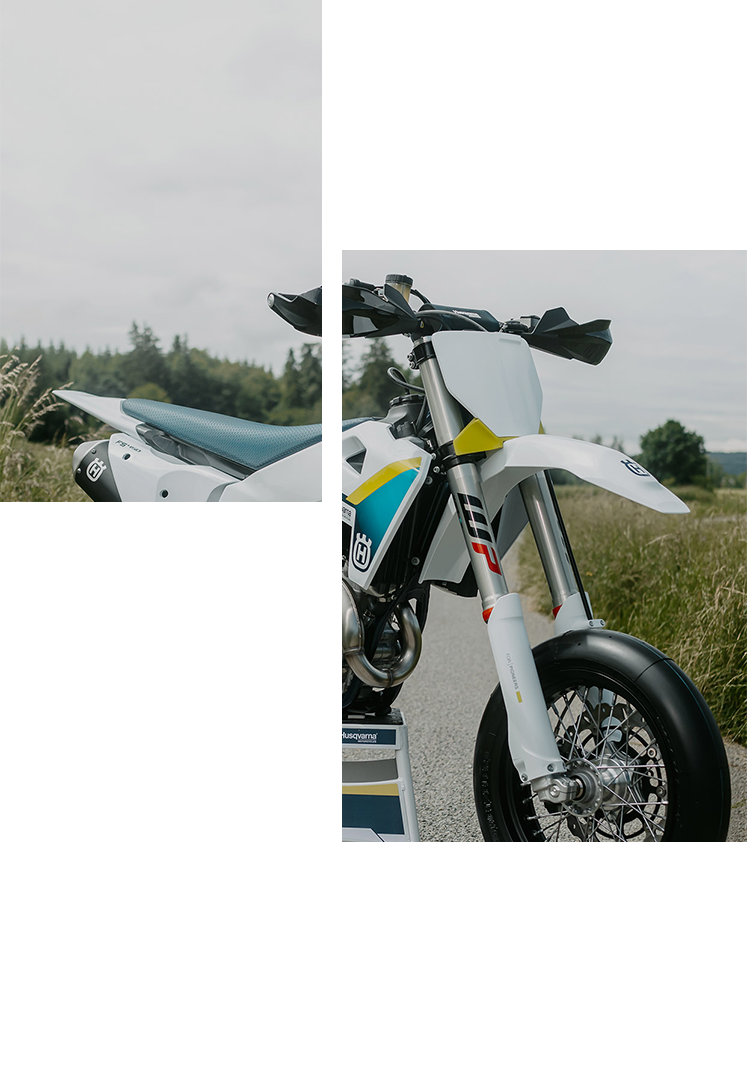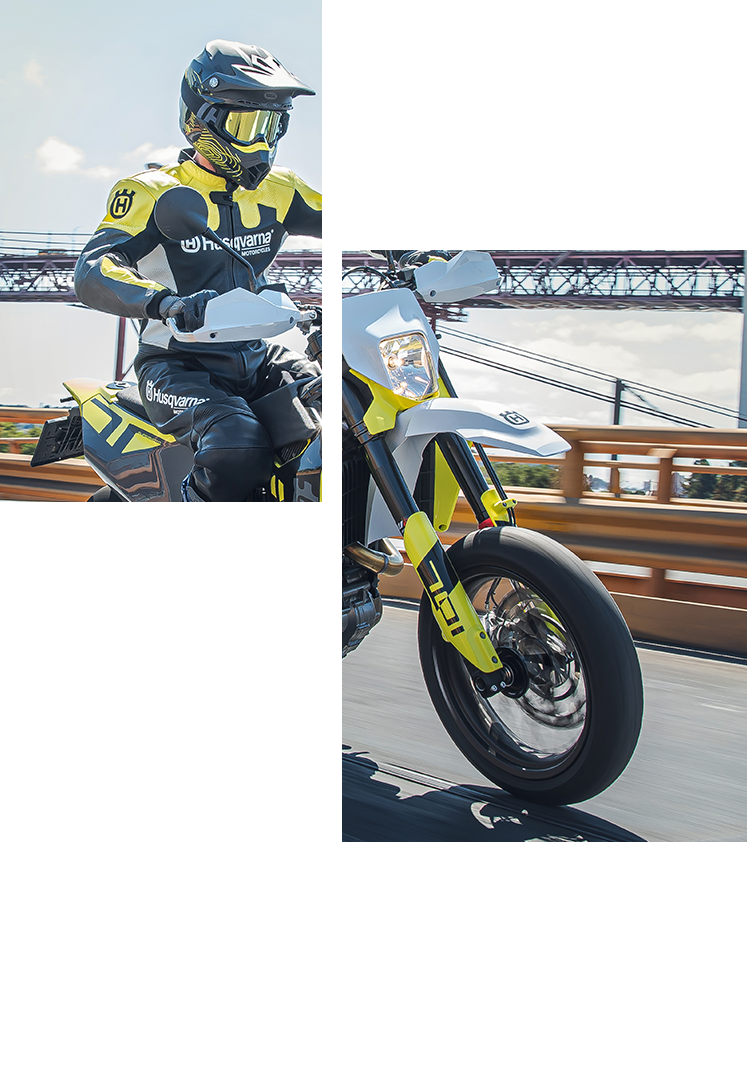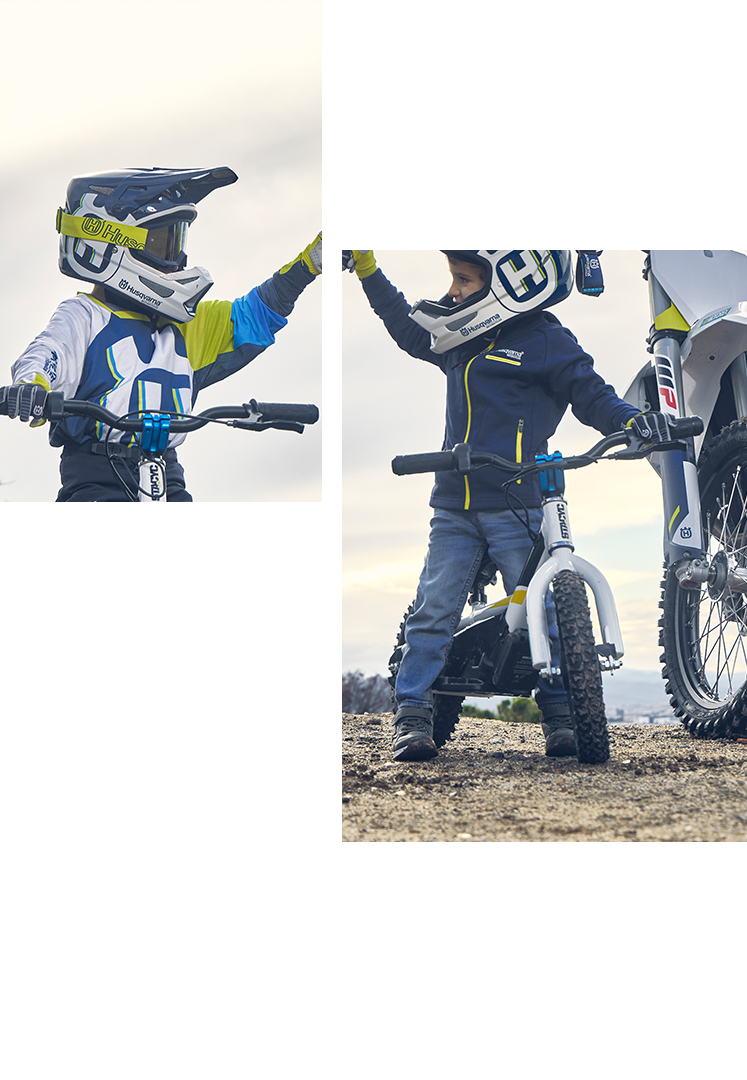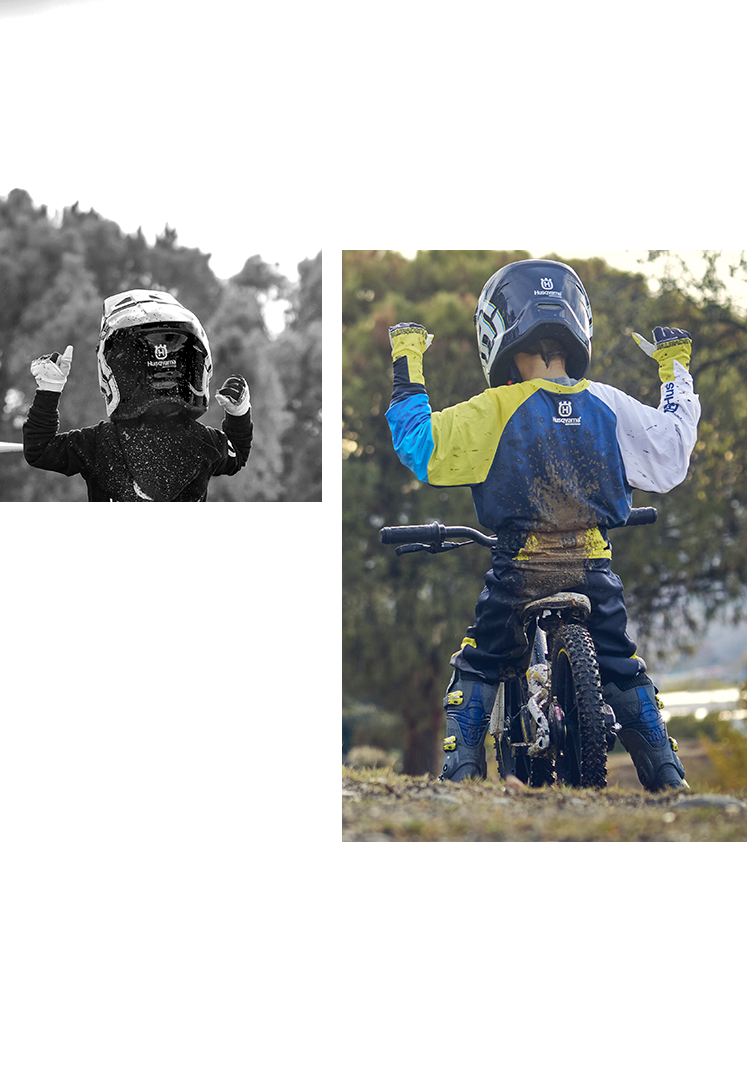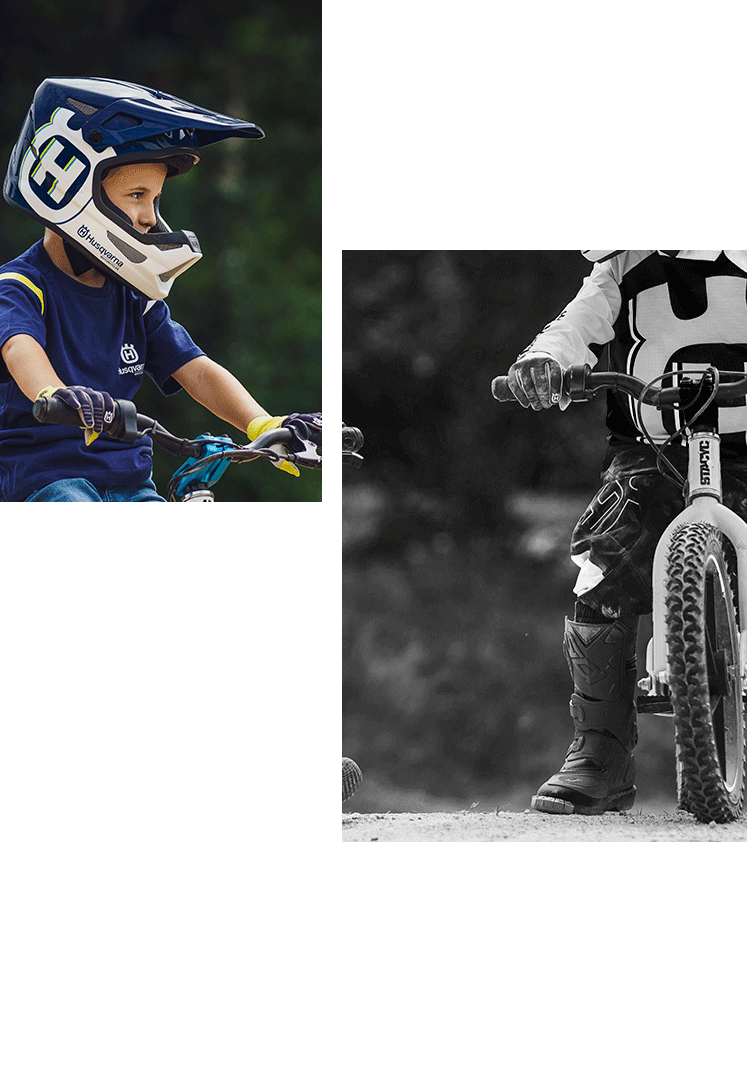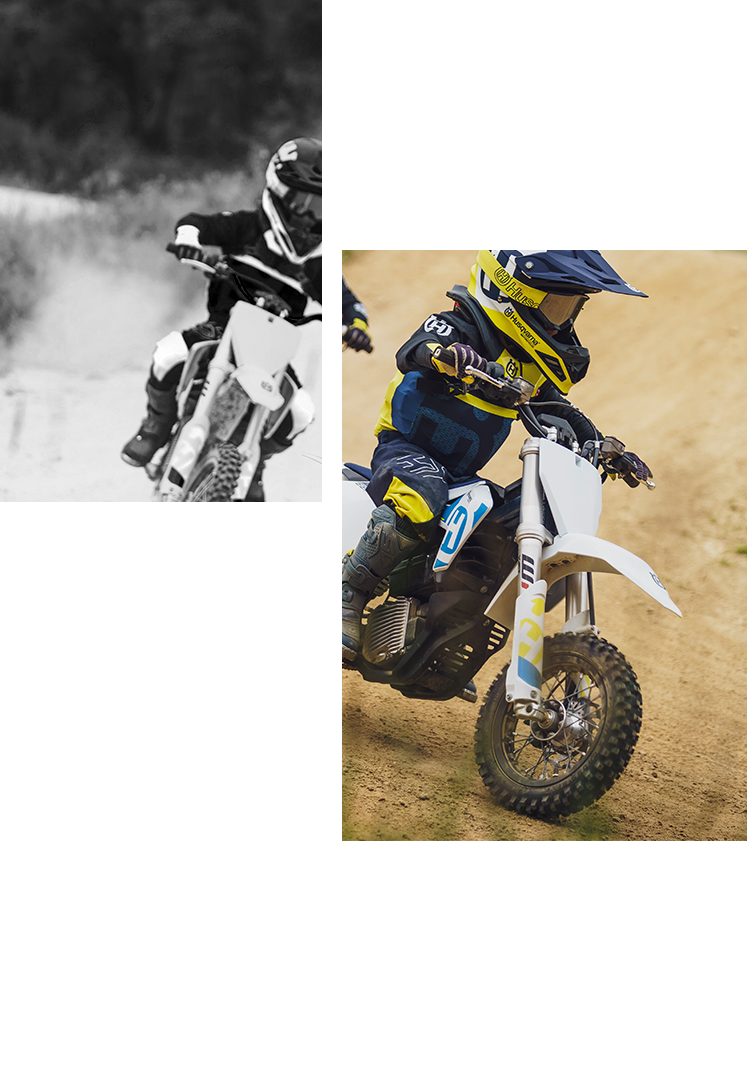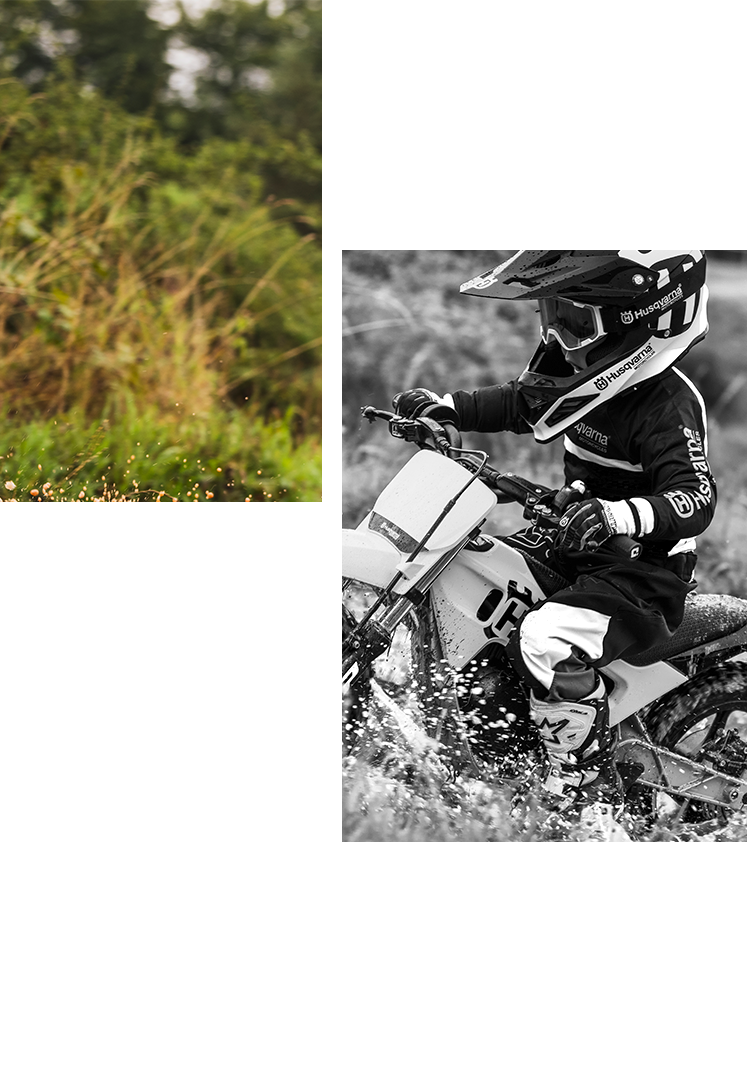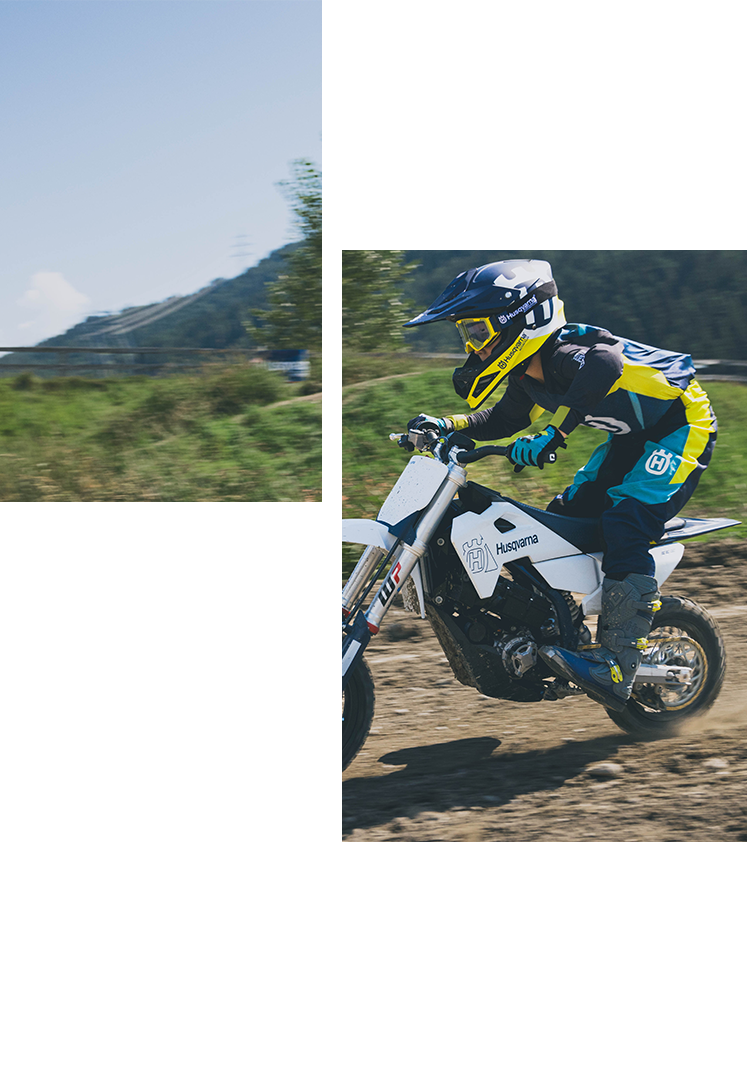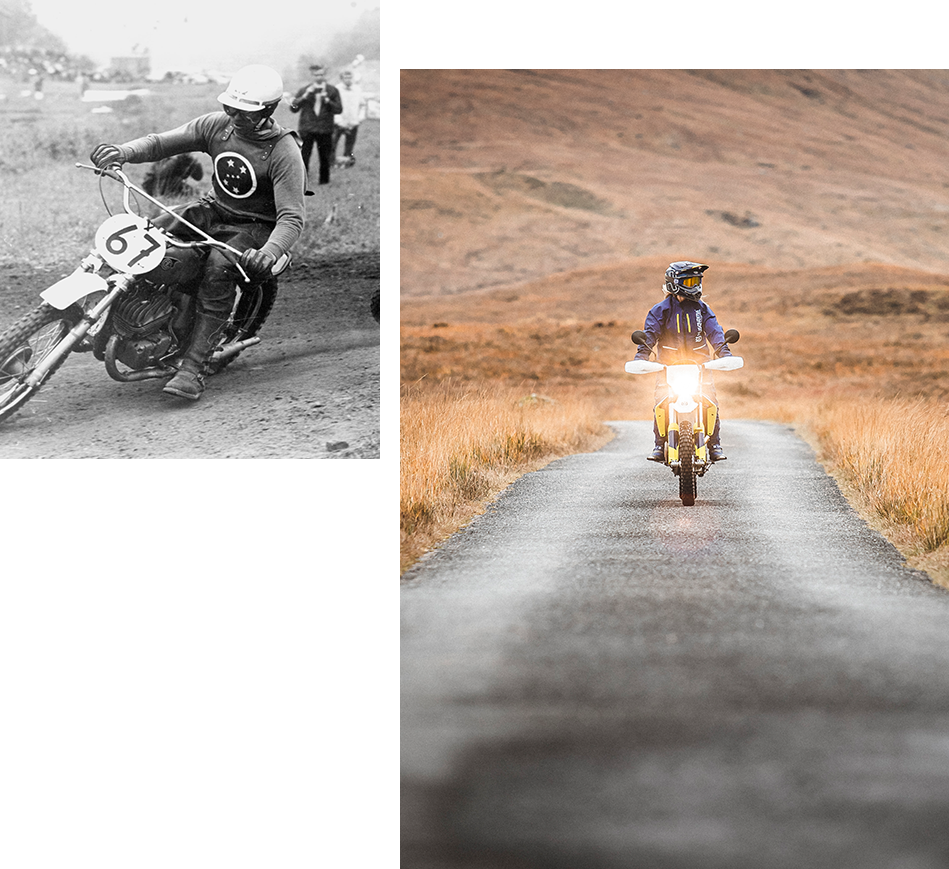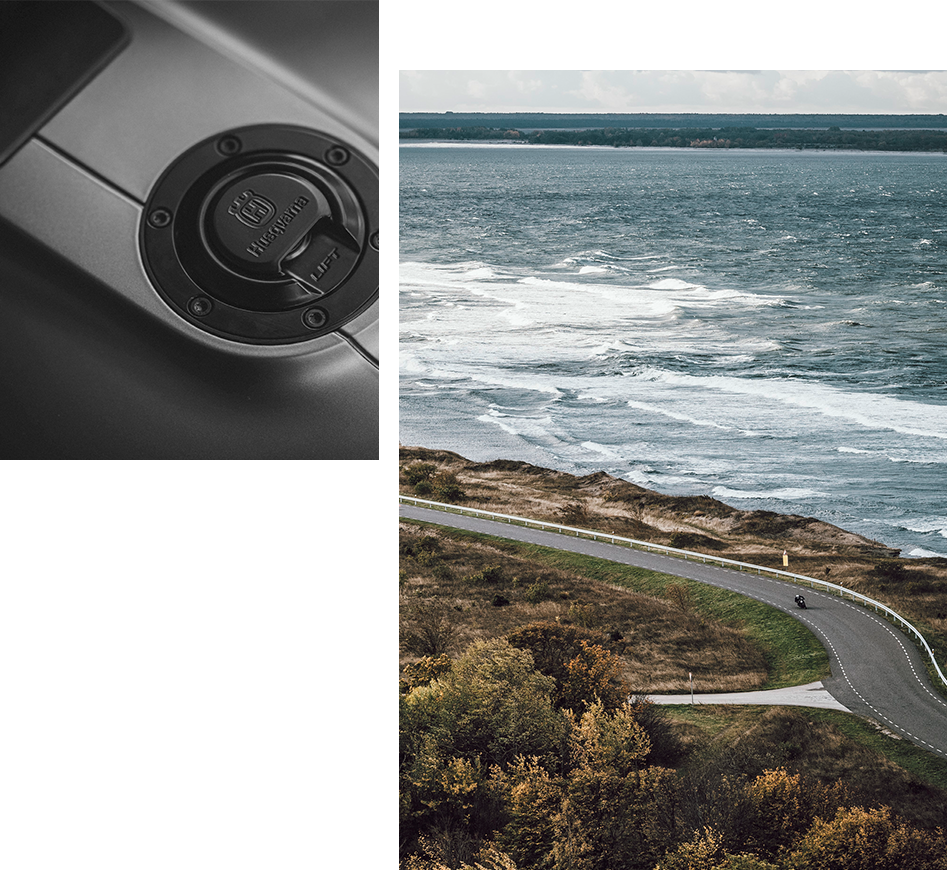The Husqvarna “Special Racer” was developed with a British 491cc JAP engine and came in 1930. A year later, Mannerstedt had improved this 4-stroke power source, which now had the Husky logo on the side-cover and a displacement of 497cc and came equipped with a steering-damper. From having a performance of around 10 HP, Mannerstedt trebled the output to an impressive 33 HP at 6,000 rpm and this new machine had a weight of approximately 150 kg. The 350cc was easier to market, as the factory already had a homemade pie of this volume. When mister Mannerstedt had done his magic work, the newcomer was launched at 1,500 kronor – a fair price that most race-riders could afford. This small beast received the nickname “Poor man’s racer” although it was a competitive bike. It now had a sprint engine, developed from the earlier Husqvarna model 30TV from 1930 and the output ran at 25 HP at 6,500 rpm. Between 1930 and 1932, some 50 units were sold of these two whirlwind wonders.
Then, there was a second generation of machines, which were improved by being lighter and faster. Parts made of aluminium and magnesium saved weight and new front forks as well as better frames made the DT models flexible racers. Both expert and novice riders cherished these new machines, which were launched in 1933 for the 350cc and 500cc classes. Our colour photos show a potent top-valve 350DT with aluminium cylinder-head, shorter wheelbase and a steeper front fork angle. “This four-speed engine runs on methanol and is more or less a unique machine today as there are few left of the top-valve 350DT from 1933”, says owner Ove Johansson at the MC-Collection museum.
